Tips for finding your perfect running shoe
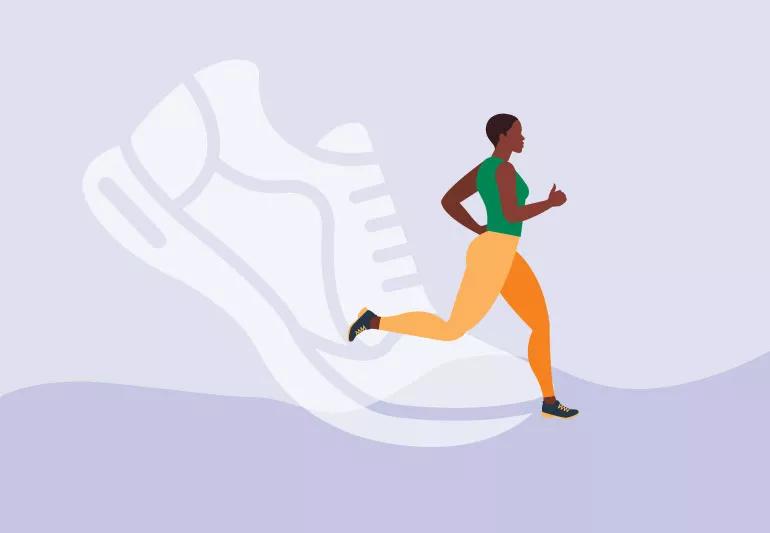
As a runner, a good shoe can make or break you.
Advertisement
Cleveland Clinic is a non-profit academic medical center. Advertising on our site helps support our mission. We do not endorse non-Cleveland Clinic products or services. Policy
The best method to avoid injury is prevention, and one of the best prevention techniques is investing in a good running shoe that is specific to you.
Pick your running shoe poorly and you could end up with shin splints, back pain, blisters, Achilles tendon problems or toenail issues. Wearing the correct shoe is one way runners can safeguard themselves from injury and other weird issues.
Michele Dierkes, PT, DPT, ATC, offers advice when it comes to finding your perfect running shoe.
There are three specific types of running shoes: cushion, stability/neutral and motion control. Before starting a running program, be sure you have the right shoe to get the job done. You should buy shoes that are appropriate for your foot type and training intensity. Determine if it makes sense for you to invest in a running shoe or a walking shoe.
Once the right shoe is selected, it’s important to maintain and take good care of it, especially if you’re covering lots of miles. It’s also important to be aware of the replacement guidelines and the life of the shoe.
The best thing you can do as a runner and before you invest in running shoes is to get a gait analysis done, which is a simple running test that evaluates your running mechanics and form.
Advertisement
A physical therapist or exercise physiologist can perform the gait analysis and will determine the variables that contribute to your foot type and guide you in selecting the best shoe for you. A gait analysis also allows the expert to see other variables that can help keep you injury-free. Many running stores usually provide some form of gait analysis or evaluation as well.
Shoes have several components, so it’s a good idea to be aware of their functions and what they are designed to do.
The component that controls and gives the foot support is called the midsole. This is the part of the shoe sandwiched between the part that touches the ground, called the outsole and the part of the shoe in which the sock liner rests, called the insole.
The midsole serves as the external shock absorption system, which can protect your body from the impact and stress of running.
Different brands of running shoes have different kinds of midsoles. A midsole can be made from:
A midsole made primarily of EVA generally is light and compressible. Midsoles made of polyurethane are denser, heavier and more durable than those made of EVA.
Each material has unique properties and can react differently in various climates. For instance, polyurethane and air units were found to remain firmer in hot temperatures than EVA and gel units. So if you know you’ll be running a lot when it’s hot out, consider the midsole material.
The stiffer and firmer the midsole, the more control the shoe will give your foot. You can use your thumbnail to push on the midsole to determine the firmness along the inside of shoe.
The type of midsole that is right for you depends on the mechanics of your foot throughout the running cycle. Pronation of the foot occurs after the foot hits the ground. Pronation is our bodies’ ability to absorb ground reaction forces. It is a natural movement of the foot that occurs differently in each person. A runner who over-pronates usually has a low arch. A runner who under-pronates, or supinates, usually has a higher foot arch.
Generally, if you have high arches, you should run in cushion-type shoes, which have a softer midsole. High-arch runners are prone to bony type injuries like stress fractures due to higher loading rates from inadequate foot pronation. Cushioned shoes allow the foot to pronate, or turn, so your body can absorb the shock of your feet hitting the ground.
If you have low arches, you should run in stability or motion-control type shoes with firmer midsoles that control the amount of pronation. Low-arch runners generally are prone to overuse soft tissue injuries like tendinopathy due to excessive foot pronation.
Advertisement
No two feet are alike. Generalizations about arch height can be made, but they are not hard and fast rules. For example, a runner can have a low arch, but still need a cushion shoe.
Several variables contribute to pronation of our feet and may affect the type of shoe needed. For instance, weakness of the hip muscles can cause more foot pronation.
All of these considerations and individual factors are just more reasons to seek the help of a professional first.
Dierkes offers these tips when shopping for running shoes:
Taking good care of your running shoes will help their longevity and decrease your risk of injury. Consider the following when it comes to getting the most out of your shoes:
Advertisement
According to some research, there’s a strong link between not changing your running shoes and injuries. So the more you run and wear them out, the more likely it is that you’ll develop an injury. For this reason it’s recommended to replace your running shoes every 400 miles to 600 miles or about every six months. Running shoes also lose 30 to 50% of their shock absorption after about 250 miles of use.
Typically, the midsole of a shoe will break down before the outsole, because midsoles are made of less durable materials than the outsoles. So if the midsole begins to look cracked or display wrinkles then it’s time to get a new pair – but who doesn’t love a sleek new pair of running shoes?
Advertisement
Learn more about our editorial process.
Advertisement

Look for good cushioning, sturdy arch support and quality material

Leaving footwear on invites germs, bacteria, toxins and other unwanted guests into your home
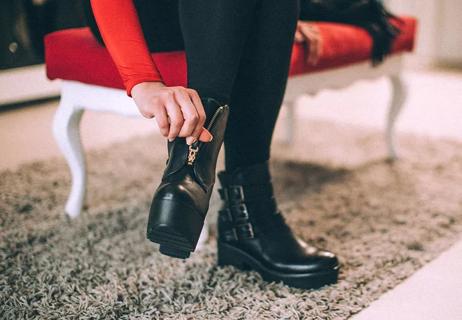
If they don’t fit well in the store, they won’t fit any better at home
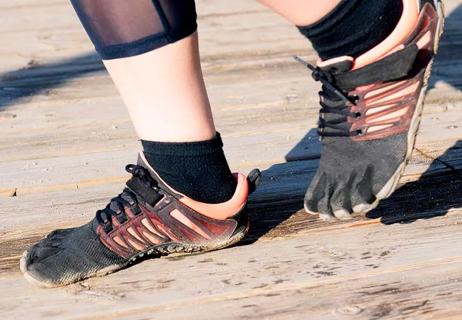
One thing is for sure: This footwear definitely kicks up controversy
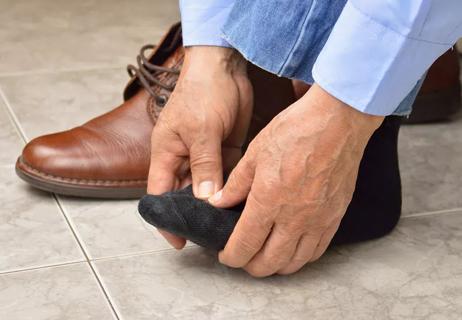
The years can literally reshape your feet
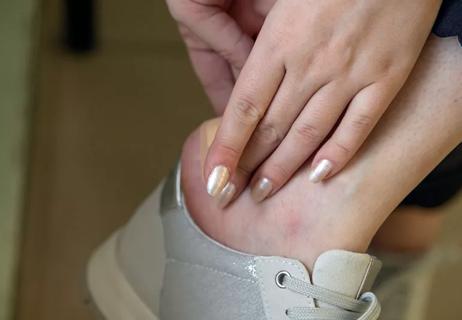
Dulling feeling in your feet could cause problems
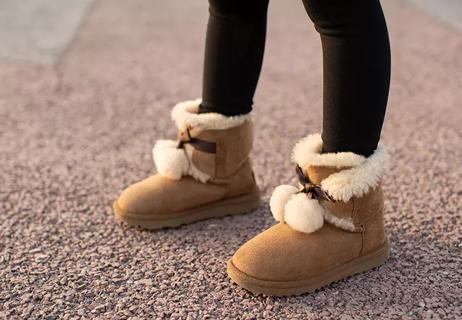
The lack of arch support in the popular footwear can lead to numerous aches and pains

Pick shoes that make your feet happy and are good for your overall health

Babies can get congested easily, but you can calm their cough by keeping them hydrated, using nasal drops and running a humidifier

Weight loss may cause loose, sagging skin and muscle loss to your rear

Several conditions, like vitiligo and fungal infection, can cause a loss of pigmentation, leading to white spots or patches on your skin